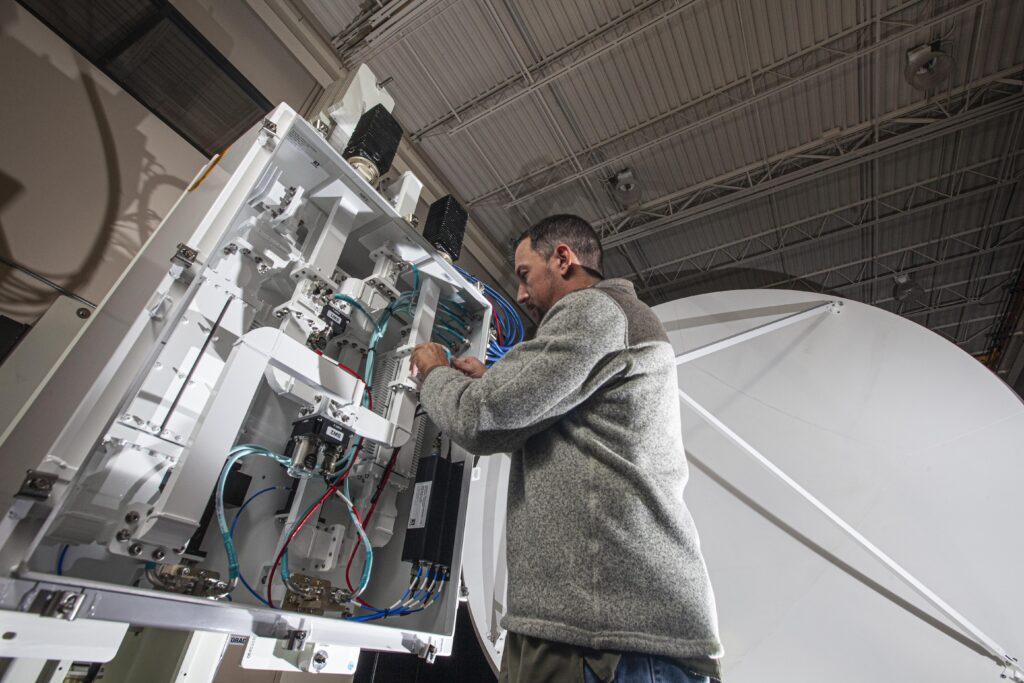US-based weather intelligence provider Baron has been contracted by Zimbabwe’s Meteorological Services Department to provide five new weather radars to help improve public safety.
Five Baron Gen3 C-band dual-polarization weather radars will be installed throughout the country along with 10 Baron Lynx Advanced Forecaster Workstations. The high-resolution data from the radars will give the Meteorological Services Department increased weather awareness and will form the foundation for a more effective early warning system that can ultimately save lives. Baron’s radar technology will provide the Meteorological Services Department with the ability to detect weather events earlier and forecast with more precision.
Rebecca Manzou, director of the Meteorological Services Department, said, “Timely evacuation of at-risk communities whenever there is a high possibility of flooding is critical to reducing the loss of lives and property. The Baron radars will help us better detect the areas and people that are in danger.”
Building a more effective and reliable early warning system is a top priority for the nation. Staff will use the radars to track storms, forecast flooding and precipitation totals, and decipher rain versus hail with more confidence. These tools will also improve the observation and tracking of climate events such as tropical cyclones that originate in the Indian Ocean and often affect Zimbabwe. Of primary concern is heavy rainfall that can lead to dangerous flash flooding and river flooding.
Baron radars feature CLEAN-AP clutter suppression technology that deliver a more precise display of weather targets. The radars also include Multi-radial Calibration technology which calibrates the radars with every sweep, ensuring they are accurate at all times.
To get the best possible radar coverage for the entire nation, the radars and Baron Lynx workstation are being installed at Harare, Victoria Falls, Chiredzi, Kariba and Bulawayo.
The Meteorological Services Department will be using the Baron Lynx systems to view and analyze data from the radars to create timely warnings and accurate forecasts. Data from other elements of the department’s meteorological network can be integrated into Lynx to be viewed simultaneously with radar data.



